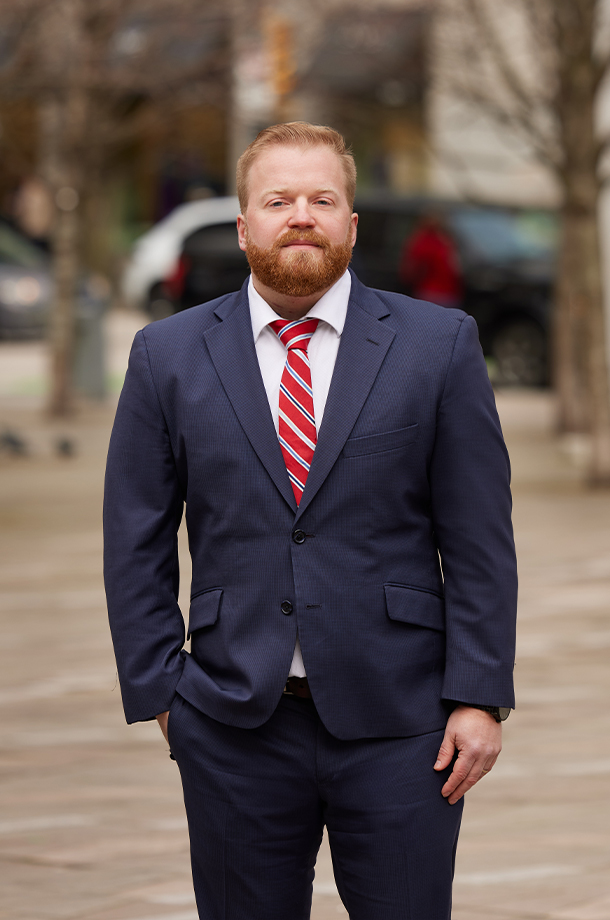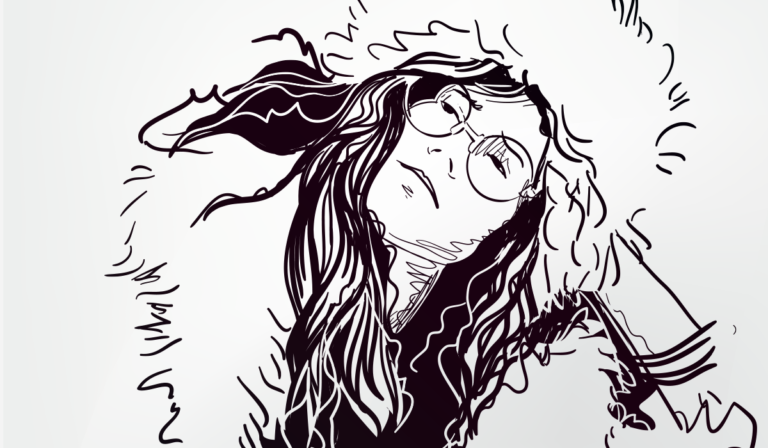
Executive Summary
On April 22, 2020, the Federal Court of Appeal released York University v. The Canadian Copyright Licensing Agency (Access Copyright) (2020 FCA 77). The appeal arises out of an action brought in 2013 by Access Copyright against York to enforce an interim tariff issued by the Copyright Board under the Copyright Act.
At trial, the Federal Court found in favour of Access Copyright, ruling that the interim tariff is mandatory and refusing to declare that York’s fair dealing guidelines were necessarily fair in the context of coursepack production.
In sharp contrast, the Federal Court of Appeal has now unanimously reversed the Federal Court on the first issue, deciding that tariffs issued by the Copyright Board (including the interim tariff) are not mandatory. The Court of Appeal affirmed the lower court’s decision to refuse to make a declaration regarding York’s fair dealing guidelines.
Both of the lead litigants, then, scored a victory and suffered a defeat on critical issues to the copyright collective sector, and the public education sector. Notwithstanding the current educational and financial climate resulting from COVID-19 and the ever-present (and some would say hoped-for) prospect of a negotiated resolution to this protracted standoff, both have good reason to seriously consider seeking leave to appeal to the Supreme Court of Canada.
The takeaways:
- Tariffs are not mandatory. If an institution does not agree to a license with Access Copyright on the terms of an Access Copyright tariff, the tariff does not apply to the institution. If the institution happens to make an infringing copy of a work in Access Copyright’s repertoire, Access Copyright may not pursue the institution for payment under the tariff. Of course, the institution is still vulnerable to other remedies available under the Copyright Act brought by the copyright owner or licensee.
- Refusal to declare York’s fair guidelines necessarily fair not wholly useful. The decision highlights legitimate concerns with the fair dealing guidelines in the context of coursepack production, and the importance of appropriate “safeguards” at the institutional level. However, the decision is based on the guidelines and York’s practices as they were in 2013, as well as tactical decisions made at trial, so it does not reflect the supporting policies, guidelines, processes and supports introduced at many institutions since the case was commenced—nor does it answer the question of whether the guidelines would be fair in any particular instance of copying from the student’s perspective. Even so, the result could readily inform a sector-wide re-fresh of guidelines and a review of practices: such guidelines must be regularly examined, pruned and shaped to evolve in response to growth in the law. As such—even leaving aside the Court of Appeal’s reasoning, and the fact that fair dealing decisions are routinely appealed with success at every level—the fair dealing aspect of the decision is of limited utility.
The Details
Background
From 1994 until 2010, educational institutions outside of Quebec had collective licenses in place with Access Copyright, which allowed them to reproduce certain amounts of works within Access Copyright’s repertoire in exchange for payment at set rates. Access Copyright sought to update the license rate, but negotiations were slow and difficult. So Access Copyright applied to the Copyright Board for a tariff under the Copyright Act.
With the license due to expire in January 2011 and the prospects of a timely renewal uncertain, Access Copyright sought and was granted an interim tariff by the Copyright Board, effective January 1, 2011. The interim tariff, in Access Copyright’s view, would allow it to collect payments while the terms of the final tariff were certified. In July 2011, York gave notice to Access Copyright that it was “opting out” of the interim tariff, effective August 31, 2011. York took the position that the interim tariff was voluntary and that it was able to conduct all copying activities at the university in full compliance with Copyright Act, without resorting to or utilizing the rights offered by the interim tariff. Many other institutions “opted out” at the same time as York, or shortly thereafter, and more “opted out” in 2012 following the double whammy of the Copyright Modernization Act and the Supreme Court of Canada’s raft of copyright decisions (colloquially called the “copyright pentalogy”).
In response, Access Copyright brought a claim against York in Federal Court in 2013, claiming that York was responsible for various instances of unauthorized copying of works in Access Copyright’s repertoire. Access Copyright therefore claimed that York must pay Access Copyright under the interim tariff.
It is trite but nonetheless important to emphasize that Access Copyright is not, and does not purport to be, the owner or licensee of the copyright in the works that were allegedly copied without authorization—as such, it has no standing to sue for infringement in its own right. Access Copyright’s claim is solely based upon the theory that if a person specifically identified in an approved tariff makes copies of repertoire works without either proper reliance on statutory use rights or the copyright holder’s authorization, then that person must pay the amount set out in the tariff, and Access Copyright may pursue that payment in court.
At trial, the case was “bifurcated” (i.e. divided), with the allegations of unauthorized copying left to the side so the court could focus on two issues: Access Copyright’s claim that the interim tariff applied to York, and York’s counterclaim for a declaration that copies made under its guidelines constituted fair dealing. York’s counterclaim was a bold strategic move to protect York should the tariff be found to be mandatory.
Justice Phelan of the Federal Court issued the first decision (Canadian Copyright Licensing Agency v York University 2017 FC 669), finding that the interim tariff was mandatory. According to Justice Phelan, to hold otherwise would “frustrate the purpose of the Act” and “choose form over substance”. As for York’s counterclaim, Justice Phelan refused to make the declaration York sought, concluding that copies made in compliance with York’s fair dealing guidelines would not necessarily constitute fair dealing.
York appealed on both issues, and was joined by several intervenors.
The Court of Appeal’s Decision – Part 1: the Tariff
Writing for the unanimous Court of Appeal, Justice Pelletier’s analysis is admirably far-reaching, exploring the structure and purpose of numerous provisions of the Copyright Act, the two regimes of collective copyright administration (what Justice Pelletier dubs the Performing Rights Regime and the General Regime), and diving deep into the legislative history of the Copyright Act, beginning with the amendments that regulated collective societies in the 1930s and tracing them through to the present.
According to Justice Pelletier, the purpose of the tariff scheme under the Copyright Act was to regulate the quasi-monopoly that performing rights societies had achieved by acquiring performing rights from the original owners of the copyright. The scheme which arose was “intended to regulate the licensing practices of performing rights societies and not to replace them by a non-consensual scheme”.
The scheme went beyond mere regulation by granting immunity from infringement for persons who paid or offered to pay the amounts set out in an approved “statement of fees, charges or royalties”, but for Justice Pelletier this feature did not create a right of remuneration but was “presumably intended to prevent performing rights societies from circumventing the statutory scheme by withdrawing their repertoire from the market by refusing to issue licences”. This means that provisions of the Copyright Act that allow payment of fees under a tariff to avoid infringement, do not constitute a statutory right for the benefit of collective societies, but rather a limitation on remedies for rightsholders.
Justice Pelletier ultimately found that:
[w]hile there have been modifications in the statutory language used between 1936 and 2012, the continuous references to licensing schemes and the retention of the key elements of the 1936 Act leave little doubt that tariffs are not mandatory which is to say that collective societies are not entitled to enforce the terms of their approved tariff against non-licensees. (para. 202)
To put that into context, York had argued that the effect of Access Copyright’s position was that if York made a single infringing copy of a repertoire work in any given year, York would be automatically liable to pay Access Copyright $45 per FTE student (this amount was reduced to $24.80 in the final 2011-2013 tariff). Access Copyright responded that this was an argument in terrorem, and that it would act reasonably to isolated acts of infringement. Underlying that attempt at reassurance, however, was an assumption that Access Copyright had a right to demand payment under the tariff, but would welcome a discussion and reasonable settlement in such trifling cases. Justice Pelletier’s conclusion means that if York chooses not to avail itself of Access Copyright’s offerings under the tariff (e.g. it “opts out”), Access Copyright has no right or interest in the matter (remember, Access Copyright does not have, nor purport to have copyright in repertoire works). York, of course, must nonetheless comply with the Copyright Act, but if it should infringe copyright in a work, it is accountable to the work’s copyright owner(s) or licensee(s), not Access Copyright.
The Court of Appeal’s Decision – Part 2 – Fair Dealing
Justice Pelletier assessed the guidelines according to the well-known two-step fair dealing analysis: first, is the copying for an allowable purpose, and if so, second, was it fair (this second step is commonly divided into the 6 “CCH factors”, though this list is not exhaustive and not every factor may be relevant in a given situation).
The details of the analysis are themselves interesting, but we’ll leave it to others to recount those. Here we will focus on the overarching consideration that led to Justice Pelletier affirming Justice Phelan’s refusal to grant York’s declaration.
The perspective issue: Who is the “user”?
York argued that when considering the copying in question—in this case, the production of coursepacks—the university’s faculty and staff share a common purpose with their students. As such, when considering the purpose of the copying, it is the student’s purpose that is relevant; York’s purposes are not. This was an effort to extend the “symbiotic purposes” approach to copying found under the “research and private study” purposes discussed in the Supreme Court of Canada’s decision commonly known as Alberta Education.
But Justice Pelletier did not agree. Reaching back to the seminal Supreme Court of Canada decision commonly known as CCH, Justice Pelletier quoted:
… Persons or institutions relying on the s. 29 fair dealing exception need only prove that their own dealings with copyrighted works were for the purpose of research or private study and were fair. They may do this either by showing that their own practices and policies were research-based and fair, or by showing that all individual dealings with the materials were in fact research-based and fair. (CCH at para. 63; emphasis added)
This appears to have been tweaked by the Supreme Court of Canada in its SOCAN decision, which provided that a court must focus its fair dealing analysis on the perspective of the ultimate user. Interestingly, Justice Pelletier rejected this reinterpretation, concluding that the Supreme Court had incorrectly applied the CCH precedent.
By extension, then, Justice Pelletier determined that since York did not attempt to show the fair dealing of its students, York was bound to justify its fair dealing guidelines from the institutional perspective, based on its general practices.
This determination is key to Justice Pelletier’s fairness analysis, generally. Taking the institutional perspective is what makes York’s “safeguards” relevant when considering the purpose of the dealing. Safeguards are described as measures to be taken to ensure that the fair dealing guidelines were “implemented according to their intent” – in other words, are there practices in place to ensure that the copies made by York are fair. Since Justice Phelan found that York’s safeguards were “virtually absent” that “undermine[d] York’s claim to fair dealing or, to put it another way, tends to show unfairness”.
Many will find much to discuss in Justice Pelletier’s pointed analysis. In fact, Justice Pelletier all-but invites such discussion (as well as an appeal to the Supreme Court of Canada) by candidly identifying that Justice Phelan made errors in critical parts of the fair dealing analysis that were palpable but not overriding, and calling out the highest court of the land for misinterpreting a seminal precedent.
From a practical standpoint, however, it is worthwhile noting the following:
- The fair dealing analysis from a student’s perspective was not performed. It was simply not possible due to a lack of evidence at trial. As such, that analysis has yet to be performed and its result cannot necessarily be taken for granted.
- The fair dealing analysis in this case focused on coursepack production. Of course, copying at post-secondary institutions occurs in various other contexts, bringing about different considerations.
- Since 2013, York (like many institutions) has established various supplementary policies, guidelines, practices, procedures, and institutional supports. For obvious reasons, these were not put before Justice Pelletier. Therefore every institution should, in addition to reviewing this decision and their fair dealing guidelines, acknowledge that their particular circumstances are likely not as stark as they appeared be at York in 2013.
In this light, blanket statements that any particular institution’s fair dealing guidelines (even if a carbon copy of York’s) are necessarily unfair in all circumstances are clearly wide of the mark.
Conclusion
The effects of this decision are likely to be far-reaching, both for collective societies and for educational institutions. For the former the finding that tariffs are not mandatory undermines a crucial aspect of their current business model. For the latter, the findings on fair dealing may prompt a review of guidelines and procedures these institutions use for any copying not performed under licence. Given the interests at stake on both sides, there is a reasonably high likelihood that one or both parties will be seriously exploring leave to appeal (or cross-appeal) to the Supreme Court of Canada, which must be applied for within 60 days. In normal times, seeking leave to appeal is a difficult, multi-factored, strategic decision; but we are not in normal times—so stay tuned.




